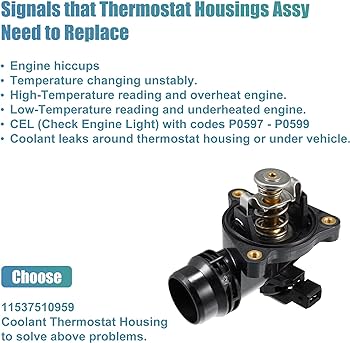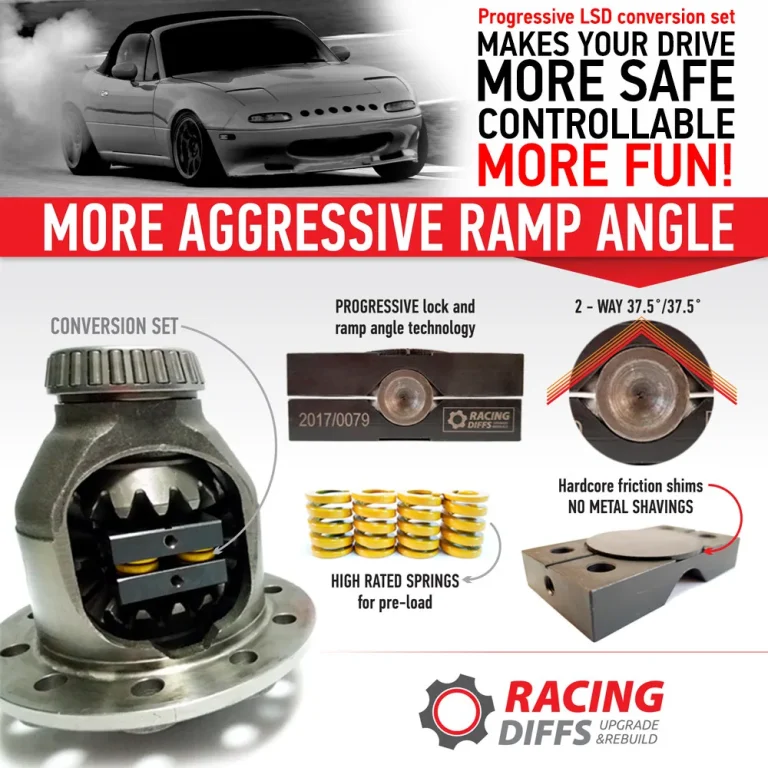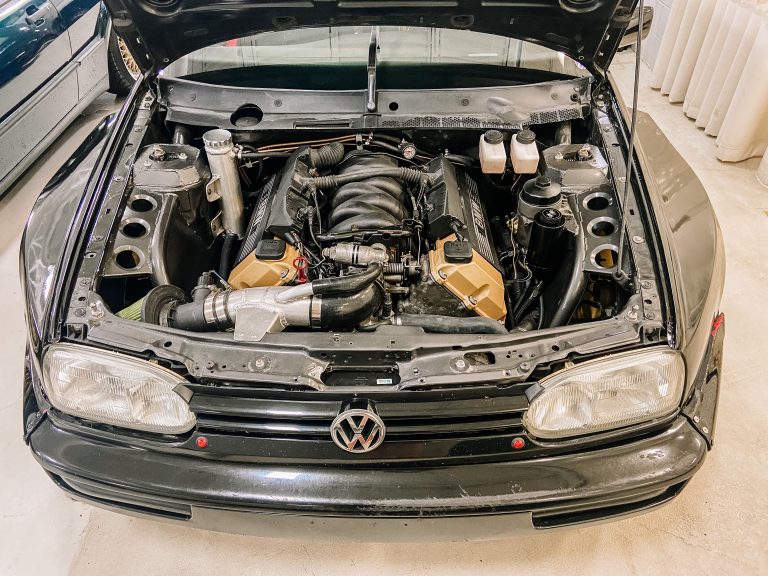When it comes to automotive engineering, BMW is a brand that stands out for its precision and performance. One of the popular models from BMW is the E46 series, which was in production from 1998 to 2006. The E46 is known for its stylish design, exceptional handling, and powerful engines.
In this article, we will take a closer look at the engine parts diagram of the BMW E46, highlighting the major components that make this car a true driving machine.
1. Engine Block
The heart of any car is its engine, and the BMW E46 is powered by a range of gasoline and diesel engines. The engine block is the main structure that houses the cylinders, pistons, and crankshaft. In the E46, the engine block is made of cast aluminum or iron, depending on the model.
2. Cylinder Head
The cylinder head sits on top of the engine block and houses the combustion chambers, valves, and camshafts. It plays a crucial role in controlling the flow of air and fuel into the cylinders and expelling the exhaust gases. The E46’s cylinder head is designed for optimal airflow and performance.
3. Pistons and Connecting Rods
Pistons are responsible for converting the combustion energy into mechanical energy. They move up and down inside the cylinders, driven by the explosions of the air-fuel mixture. Connecting rods connect the pistons to the crankshaft, transferring the linear motion of the pistons into rotational motion.

Credit: shop.parks.uk.com
4. Crankshaft
The crankshaft is a vital component in any engine as it converts the reciprocating motion of the pistons into rotational motion. It is connected to the pistons through connecting rods and transfers power to the transmission, eventually driving the wheels of the vehicle. The E46’s crankshaft is designed to handle the high-performance demands of the engine.
5. Timing System
The timing system ensures that the engine’s valves open and close at the right time during the combustion process. It consists of timing belts or chains, camshafts, and timing gears or sprockets. Proper timing is crucial for the engine’s performance and efficiency. Regular maintenance and replacement of timing components are necessary to prevent engine damage.
6. Intake and Exhaust Systems
The intake and exhaust systems play a vital role in ensuring proper airflow into and out of the engine. The intake system brings in air and mixes it with fuel, while the exhaust system expels the combustion gases. The E46’s intake and exhaust systems are designed to optimize performance and deliver a thrilling driving experience.
7. Cooling System
The cooling system keeps the engine at the optimal temperature for efficient operation. It includes a radiator, water pump, hoses, and a thermostat. The E46’s cooling system is engineered to manage the high heat generated by the performance engines, ensuring optimal performance and longevity.

Credit: www.amazon.com
8. Fuel System
The fuel system delivers fuel to the engine, ensuring the proper air-fuel mixture for combustion. It includes components such as fuel pumps, injectors, and fuel lines. The E46’s fuel system is designed to provide the right amount of fuel at the right pressure, optimizing power and efficiency.
9. Electrical System
The electrical system in the E46 is responsible for powering various components such as the ignition system, sensors, and electronic control modules. It includes a battery, alternator, and wiring harnesses. The BMW E46’s electrical system is designed to provide reliable power and control for optimal performance.
10. Lubrication System
The lubrication system ensures that the engine’s moving parts are properly lubricated to reduce friction and wear. It includes an oil pump, oil filter, and oil pan. Regular oil changes and maintenance are necessary to keep the engine running smoothly and prolong its lifespan.
Frequently Asked Questions Of Bmw E46 Engine Parts Diagram: Exploring The Inner Workings
What Are The Key Engine Parts In A Bmw E46?
The key engine parts in a BMW E46 include the cylinder head, piston, crankshaft, camshaft, and valves.
How Does The Cylinder Head Function In A Bmw E46 Engine?
The cylinder head in a BMW E46 engine houses the valves and controls the combustion process by sealing the combustion chamber.
What Is The Role Of The Piston In A Bmw E46 Engine?
The piston in a BMW E46 engine moves up and down within the cylinders, transferring the force of the combustion to the crankshaft.
How Does The Crankshaft Work In A Bmw E46 Engine?
The crankshaft in a BMW E46 engine converts the up-and-down motion of the pistons into rotational motion, which drives the transmission.
Conclusion
The BMW E46’s engine is a marvel of engineering, designed for performance and reliability. Understanding its various components and their functions is essential for any enthusiast or owner. The engine block, cylinder head, pistons and connecting rods, crankshaft, timing system, intake and exhaust systems, cooling system, fuel system, electrical system, and lubrication system all work together to create a powerful and efficient driving experience.
Whether you are a fan of BMW cars or simply interested in automotive engineering, exploring the engine parts diagram of the BMW E46 gives you a deeper understanding of the intricate technology and craftsmanship behind this iconic vehicle series.






